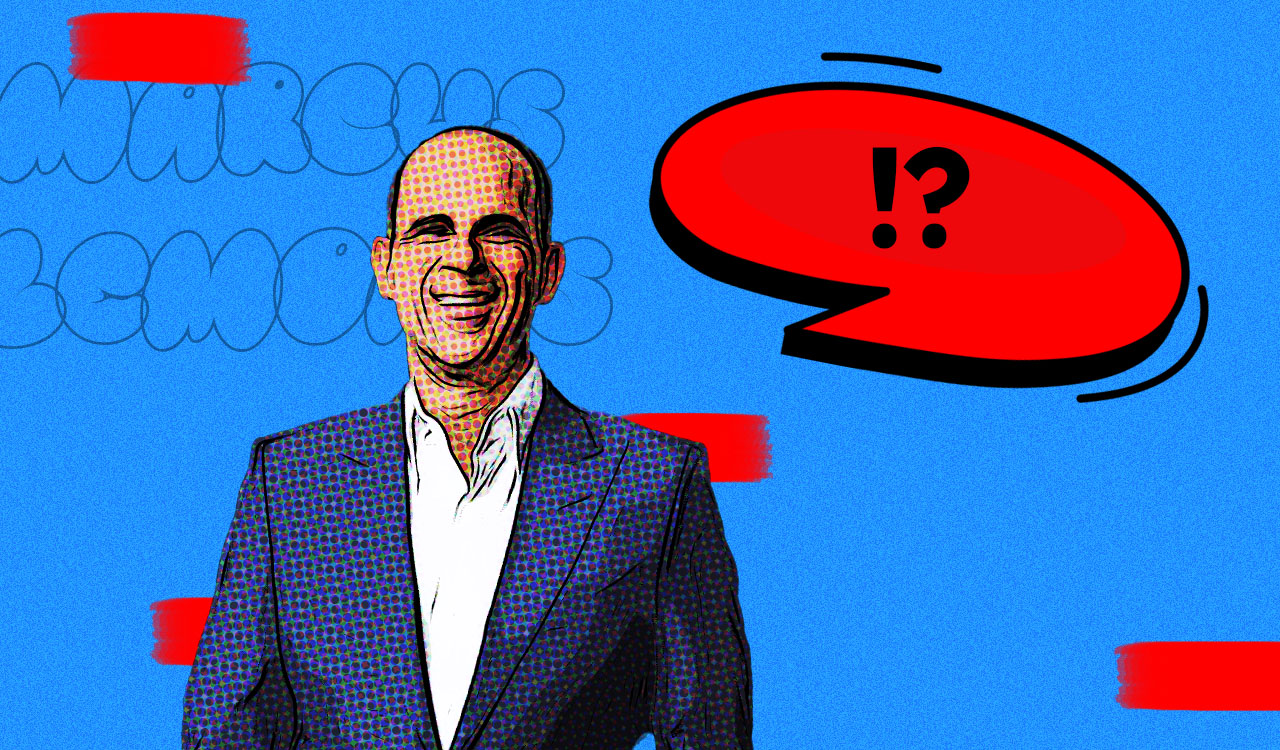It begins now. The elders of the generation labeled \”Z\” will enter the active consumer class in 2020. This generation, born between 1996 and 2010 is estimated by the NRF to have $44 billion in buying power either through influencing family purchases or shopping on their own, and that number will increase to $82 billion by 2026. They will be 40 percent of the population by 2020. They live on their phones. They feel Facebook is for an older audience. Instagram, gaming, Snapchat, Twitch, and TikTok are where they are engaged. Are you ready?
We have heard the ongoing retail whisperers: We need to connect with our consumers where they are. As Michael Dart and Robin Lewis stated in Retail\’s Seismic Shift, \”Connectivity…is a proactive, reactive and repetitive process. Connectivity is not just between platforms and consumers, it\’s about the integration and connection of consumers\’ entire lives.\” Gen Z are digital natives who have not only integrated screens into their entire lives, they are nearly bio-hacked to their bodies. As we learn more about the habits of this distinct demographic, we need to migrate our outreach to the social channels where they congregate. We\’ve figured out Facebook and Instagram marketing, but Gen Z seems to have other ideas about where they like to spend their extensive screen time.
Instagram, YouTube, Snapchat and Twitch, as well as e-gaming, both individual and via eSports, offer some platform blur between millennials and Gen Z, but according to recent data and reporting, the latter three are the rising platforms of choice for Gen Z, along with TikTok which is popular with younger cohort of the generation.
Snap to It
In the recent Q-3, 2019 Investors call, Snapchat demonstrated that the company has snapped back from a recent slump to blow away Wall Street\’s expectations. Eremi Gorman, Snap\’s Chief Business Officer hailed the company\’s financial successes and dramatically stated, \”In the U.S., we reach 90 percent of 13 to 24-year-olds and 75 percent of 13 to 34-year-olds. Given the uniqueness of our audience, we are seeing outsized impact when it comes to driving incremental reach, even among younger people via their influence on household purchasing decisions in categories like CPG.\”
Snapchat\’s chemistry with Gen Z springs from its positioning as an open community offering a platform for both user-generated content and unique programming. Snap wants to be the place where users can be themselves and have fun. On the earnings call, Snap Inc. CEO Evan Spiegel said, \”Early last year we redesigned our application to emphasize the importance of communicating with real friends.\” Snapchat contrasts with what some call the \”Instagram aesthetic\” fueled by photo filters and measured by external approval. Snapchat dials down the social pressure for admiration. There are no \”likes\” to tally or comments to parse. That\’s a plus in the era of bullying and shaming.
Snapchat has also proven to be a particularly \”sticky.\” Snap claims that the app was opened on average 30 times a day by regular users. A recent Pew report states: On average, users spend 34.5 minutes a day on Snapchat and send 34.1 messages a day.
Snap Ad Talk
Because of Snap\’s unusual format, it requires a customized advertising logic. On September 18th Evan Spiegel spoke at the Goldman Sachs\’ \”Communicopia\” conference. The Wall Street Journal reported that Spiegel said \”strength in his company\’s core demographic \’can actually work against us\’ with advertisers. Because the largest segment of Snap\’s users are young, older brand executives don\’t necessarily use Snapchat frequently, he said. This can mean that they don\’t understand the platform.\”
To overcome this obstacle, Snap has rolled out an array of initiatives to make it easier for advertisers to create and buy ads that will harness the unique qualities of the platform. Eremi discussed making the ad-creation formula more user-friendly on the investors call,\” Our product is evolving from a power-user tool for advanced, professional marketers to one that serves businesses of all types and sizes and we are excited to scale our platform to more advertisers.\” In April they began a partnership with Shopify. In the fall, Snap followed with the announcement of Snap Select, a new way for advertisers to run commercials within a \”Snap\’s Shows programming.\” A few days before the Q-3 2019 earnings call, The Business of Fashion reported that \”Snap Inc. announced a dynamic advertising strategy that would \”automatically create ads and target audiences in real-time… and pick items from advertisers\’ product catalogs and target them automatically to people with relevant interests.\” Snap\’s efforts to simplify their processes reflect on the reticence of many brands to fully embrace the platform that the statistics are showing us Gen Z champions.
Gucci, Prada, and LVMH have been having fun with custom Snap augmented reality lenses. For the Met 2019 Costume Institute Gala, Gucci offered an AR lens download that allowed Snap users to set themselves against a Gala themed backdrop. Prada is sharing Prada-themed lenses through in-store downloads. Louis Vuitton designed a similar effort at the VivaTech conference in Paris. The technology enabled the creation of 3-D virtual handbags for users to accessorize their snaps. These lens partnerships may serve as a gateway to luxury brands whose price points are likely a stretch for all but a few in this generation.
A Most Curious Combination
An upcoming LVMH design collaboration notches the Louis Vuitton price point down to below knock-off levels. \”Skins\” that clothe virtual characters in the popular fantasy world of Riot Game\’s League of Legends typically cost between $9 and $25. In a mash-up between the worlds of luxury fashion and gaming, The Louis Vuitton Women\’s designer Nicolas Ghesquiere is creating virtual clothing for the characters. The skins will be released at the opening ceremony of The League of Legends World Championships on November 10th in Paris. The Washington Post revealed the designs and noted that the partnership will also feature a capsule collection of Ghesquiere-designed real-world clothing.
Along these lines, Farfetch has joined forces with the newly launched \”Farmville\” inspired fashion gaming platform Drest. The Business of Fashion reports, Drest, which launched on October 8, offers users a shot at being a top in-app virtual fashion stylist. Drest is a free download, but rather than \”skins\” on characters, users are dressing virtual humans with virtual items that can be purchased digitally for \”micropayments\” or if they want the IRL (in real life) items in human sizes, they can use macro-payments to purchase the clothing from Farfetch within the game.
Twitch on the Riviera
Both the LVMH and Drest rollouts are a nod to popular culture, as well as both millennial and Gen Z consumers who spend significant amounts of time both gaming and watching gaming. The Amazon-owned live streaming property Twitch is a wildly popular service that primarily focuses on eSports otherwise known as watching others game. Fast Company reported on Twitch\’s first visit to the Cannes Advertising Festival where they both picked up a Grand Prix Social and Influencer Lion for a Wendy\’s integration with the game Fortnite and set up camp to talk advertising. Like Snapchat, Twitch is attempting to bridge the culture gap between its unique culture and that of advertisers. In Cannes, Twitch\’s Chief Revenue Officer Walker Jacobs said, \”Twitch is complicated, and there\’s a lot of nuance to Twitch, so we have a tremendous responsibility to education and investing in it, spending time with agencies and helping them understand the capabilities and possibilities of what they can do, and really helping creatives unlock their ideas on Twitch.\”
Twitch has created SureStream, an advertising feature that slips ads into an active video stream. While the appeal and audience reach of the service that connects to large numbers of young people may seem obvious, Twitch is user-generated content on steroids. Live streaming is live and not without risks for an advertiser.
Brand Karaoke
Another Gen Z social darling with a native social shopping component is the video-sharing app TikTok. According to the global app insight consultancy Sensor Tower, TikTok was the most downloaded app internationally in September of 2019. The company has developed some successful advertising formats where creators work with brands to develop content.
On a recent eMarketer podcast, analysts Deborah Aho Williamson and Blake Droesch discussed a popular advertising tool unique to TikTok called Hashtag Challenge. A challenge involves a marketer working with one or more TikTok creators to promote a specific brand-related content creation initiative. A generic example they discussed was a challenge to lip-sync to a video or to recreate a particular technique and upload the content to TikTok. They described The Hashtag Challenge as \”very native feeling. It feels very organic and it encourages participation from third party users. If a campaign starts to take off, it is not just a few pieces of content, it is a large network of these videos that can take on a life of their own their own that can scale to a much larger level.\”
Kroger, Walmart and Macy\’s have all participated in Hashtag challenges. An eMarketer report detailed efforts by Macy\’s on TikTok, In August, Macy\’s teamed up with TikTok influencers for a video challenge that tied in with its \”All Brand New\” back-to-school ad campaign. Macy\’s invited TikTok users to submit their own videos showing off their style. The campaign also included a TV spot and integration into the Snap Originals show \”The Dead Girls Detective Agency,\” from NBCUniversal.\”
TikTok has been gaining attention in circles beyond Gen Z. Congress has raised concerns about the Chinese ownership of TikTok\’s parent company, and the potential for spying on American users. The issue of Chinese censorship of advertising content has been discussed as well.
Get Real Now
The threads among the formats I have mentioned are a community-based feel, a strong attachment to their audience and user-generated content. If we are to meet this generation where they are, we need to both customize and adapt our brand promotions to fit these social outlets. The days of developing one campaign and rolling it out in different media channels have been obsolete for years. If we want to connect, we need to diffuse and diversify our efforts, shake off our perfection filters, and get real with Gen Z.




